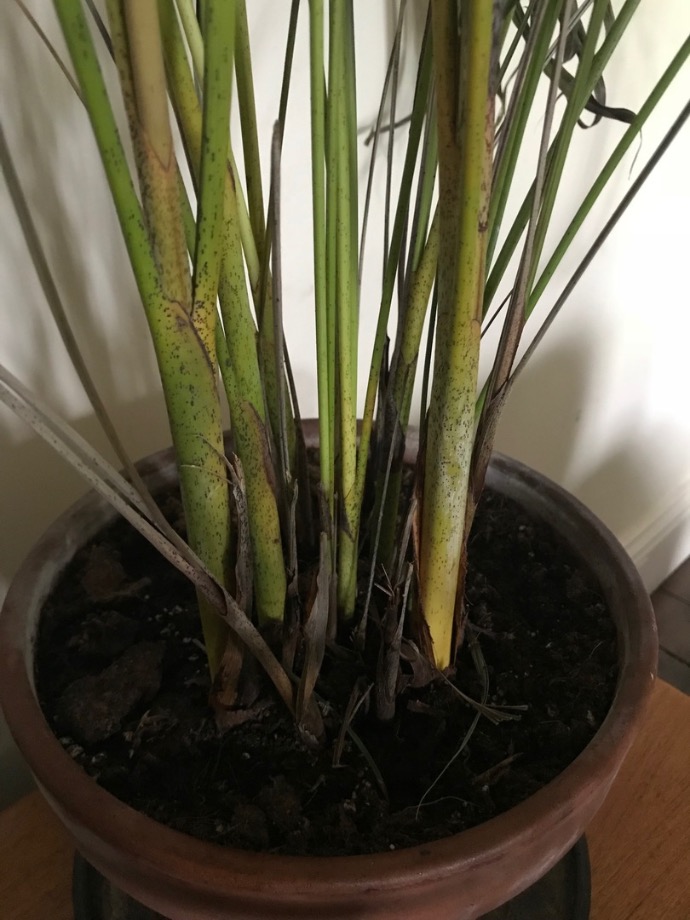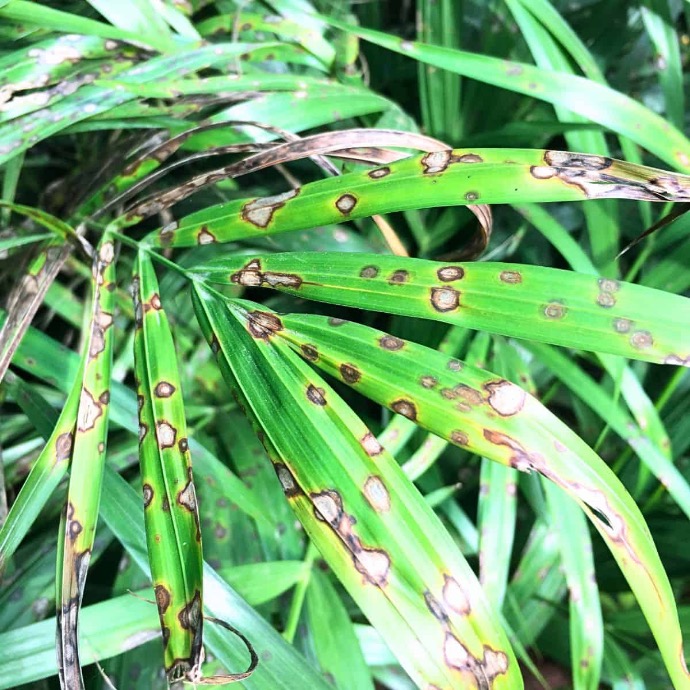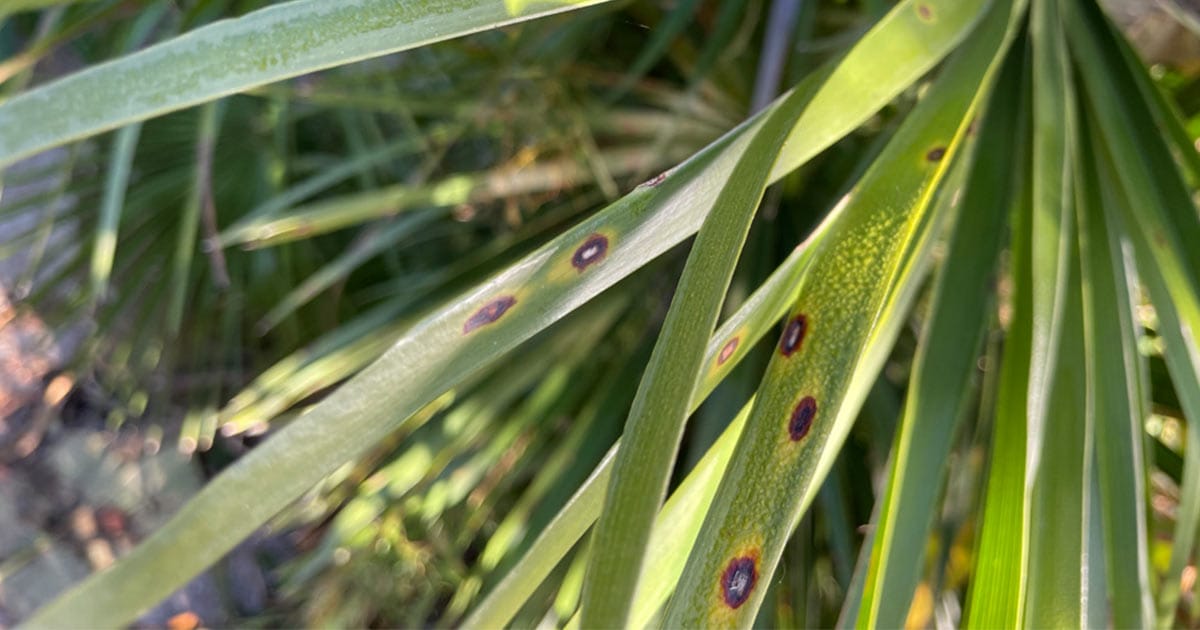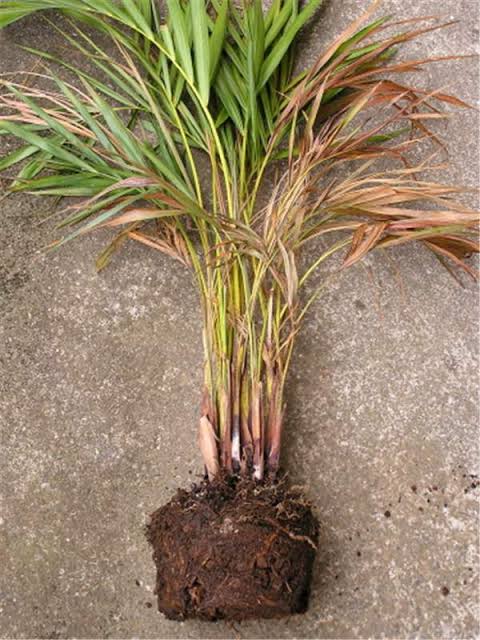Chamaedorea Plant
CHAMAEDOREA PALM, a specific palm variety, requires well-draining soil and partial shade to full sun exposure. Water consistently, and ensure proper drainage. Prune to remove dead or damaged fronds and maintain a tidy appearance. Fertilize during the growing season as needed.

Habit
Palm
Height
1-2 m
Growth
Moderate
Soil
Well-drained, sandy loam
Shade
Indirect light to shade
Moisture
Moist
Edible
No
Medicinal
No
Origin
Mexico, Central America
Climatic Condition
Tropical, Subtropical
Temperature (°)
15-30°C
Humidity (%)
50-80%
Potting media
Peat, compost, mulch
Fertilizers
NPK 10:5:20, requires high potassium
Watering
Moderate watering
Plant Weight
500-2000 g
Flowering Time
Year-round (small flowers)
Soil Ph level
6.0 - 7.5
Water Ph level
6.0 - 7.5
Soil EC
1-2 dS/m
Yield Per Plant
Ornamental
NPK ratio
10:10:10
life Span
5-10 years
Health Benefits
Air purifier, improves indoor humidity
Suggested Grow Media or Potting Mix ?
50% peat moss, 30% pine bark, 20% perlite
Suggested Fertigation/Fertilizers
Fertilize every 4 weeks with a balanced, water-soluble fertilizer.
Common Diseases and Remedies
root rot , brown spot
stunting , yellowing and wilting of plants , brown colour lesions on lower leaves and irregular
removing of affected plants, spray bicarbonates
HEALTH BENEFITS
· Improves indoor air quality by filtering toxins.
· Increases humidity, which benefits respiratory health.
· Reduces stress and enhances well-being.
What Is An Chamaedrea Palm Tree?
The Chamaedrea palm, also known as the parlor palm or neante bella palm, is a popular ornamental plant that belongs to the palm family (Aracaceae). Here are some facts about this. The Chamaedrea palm has a slender, bamboo-like trunk and typically grows 4 to 6 feet tall. The stems support clusters of bright green, feathery leaves that add an elegant, tropical feel to indoor spaces.
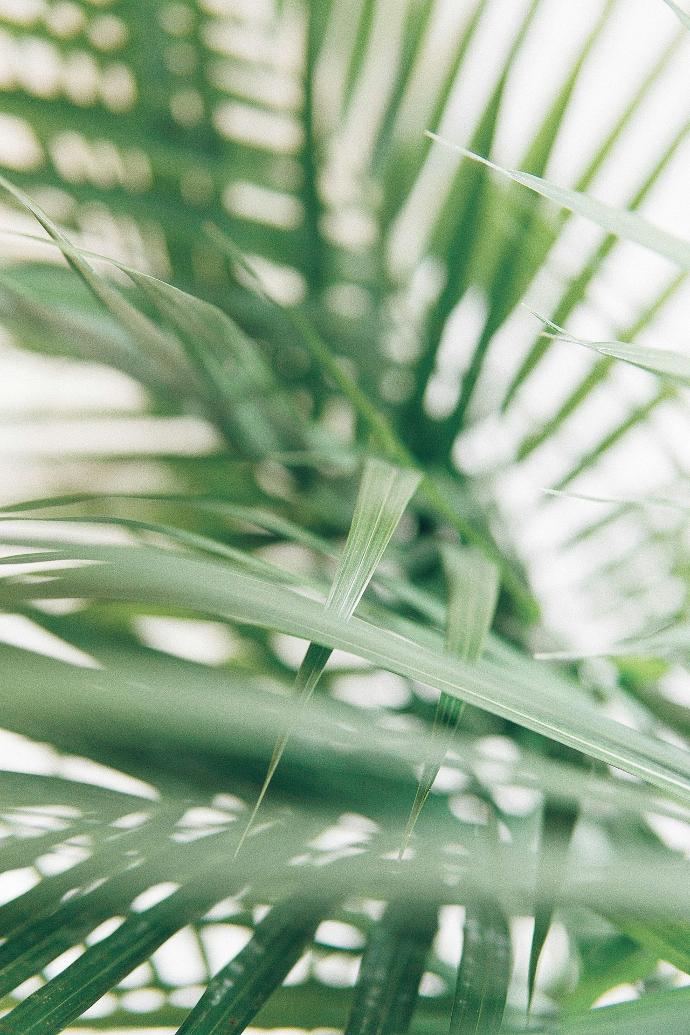
What Are The Different Types Of parlor Palm Plants?
1. Chamaedrea Elegant
Also known as Neante Bella palm, it is one of the most popular varieties of Chamaedrea palm. It has slender stems and delicately arched leaves and is known for its high tolerance to low light conditions.
2. Chamaedorea cataractarum
Also known as cat palm or cascade palm, this palm has multiple tubular trunks that curve gracefully, giving it a cascading effect. Ideal as an indoor ornamental plant.
3. Chamaedorea seifrizii
Also called reed palm, this palm has a trunk covered with fibrous leaf sheaths. It has a high interior design and is popular for offices, residences, and public spaces.
4. Chamaedorea metallica
Also known as metallic palm, this palm is characterized by striking metallic blue-green leaves with a waxy appearance. Requires moderate to bright indirect sunlight and adequate water
5. Chamaedorearadicalis
Also known as root palm, this palm is a small variety perfect for use as a low ground cover in warm climates. It has long petioles and leaves are intricately divided.
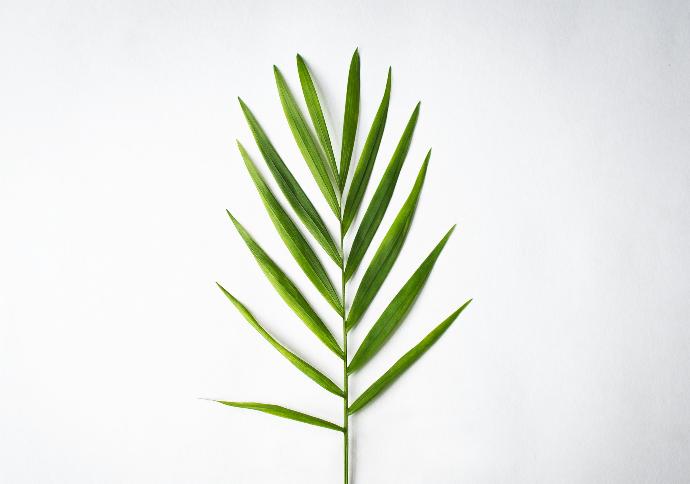
What are the Benefits of Parlor palm plant ?
1. Location
Chamaedrea palms are sensitive to changes in location. Once you have found a suitable location for your plant, try not to move it frequently as this can stress the plant. Overall, choose a location for your Chamadrea palm that provides bright, indirect light, warm temperatures, and high humidity, being careful not to move the plant too much. With proper placement and care, Chamaedrea palms can thrive and add a tropical touch to your home or office.
2. Sunlight
Chamanedrea palms prefer bright, indirect sunlight. They need adequate light to grow and stay healthy, but direct sunlight can burn the leaves and damage the plant. The ideal location for the Chama Dore palm is a north or east window or where the plant receives several hours of bright indirect sunlight a day.
3. Soil
Chamaedrea palm prefers fertile soil that is well-drained and rich in organic matter. A suitable soil mixture for the Chamaedrea palm can be made by mixing equal parts peat moss, perlite and coarse sand. When it comes to repotting your Chamaedrea palm, you may need to repot it every two to three years to maintain optimal growing conditions. When repotting, carefully remove the plant from its current container and gently loosen the roots with your fingers. Then, plant in a new pot with fresh soil and water thoroughly.
4. Hydration
In general, Chamaedrea palms rarely require watering. Depending on the soil, temperature and humidity in your area, he usually waters every 1-2 weeks. It is best to wait until the soil is slightly dry between watering. By closely monitoring your plants, you can determine the correct watering schedule for your particular plant.
5. Nutrition
The Chamaedrea palm requires regular fertilization with appropriate fertilizers. Use a balanced, slow-release fertilizer rich in essential nutrients such as nitrogen, potassium, and phosphorous to promote healthy growth. Fertilize once or twice a month during the growing season.
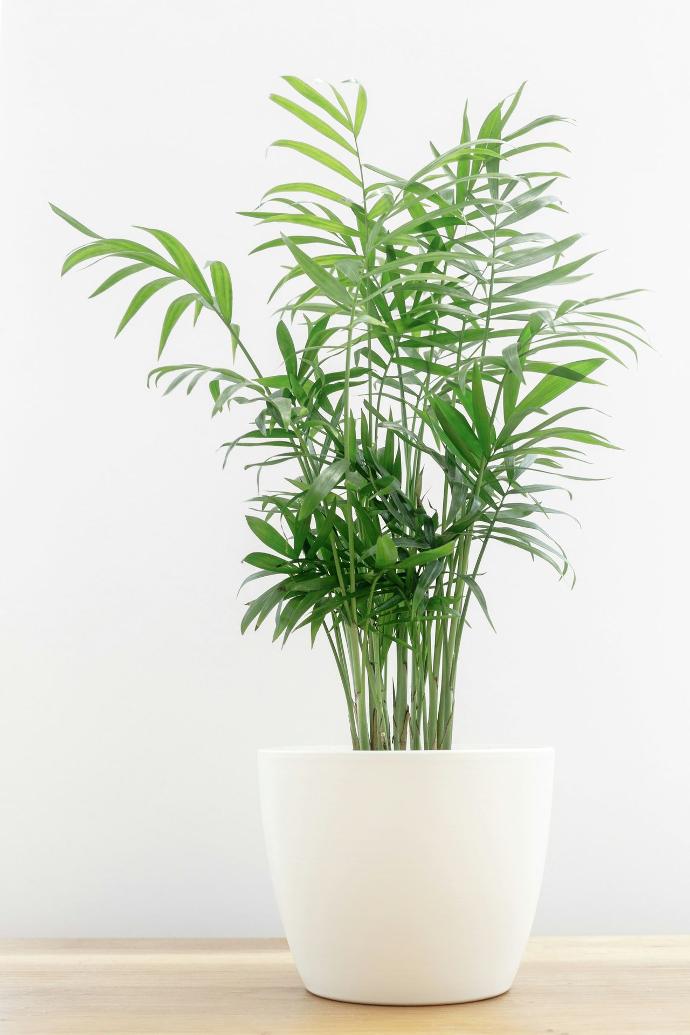
6) Issues
Yellow or brown leaves or slow growth can be a sign of nutritional deficiencies. Plants may be deficient in important nutrients such as nitrogen, potassium, and phosphorus, resulting in stunted growth, poor foliage, and fewer flowers. Fertilize the plant regularly and make sure the soil is well-drained. Spider mites, scale insects, and mealybugs are common pests that damage Chamaed palms. Infestation can cause leaves to turn yellow, curl up, or even fall off. If you notice a pest infestation on your plant, isolate it and treat it with an insecticide.
What are the Benefits of parlor palm plant ?
Chamaedorea palms offer several benefits, both aesthetical and health-wise. Some of the benefits of having a Chamaedorea palm in your home or office include:
Air purification: Chamaedorea palms are known to absorb formaldehyde from the air. They are also credited with purifying the air by eliminating harmful toxins, thereby creating a cleaner, healthier environment.
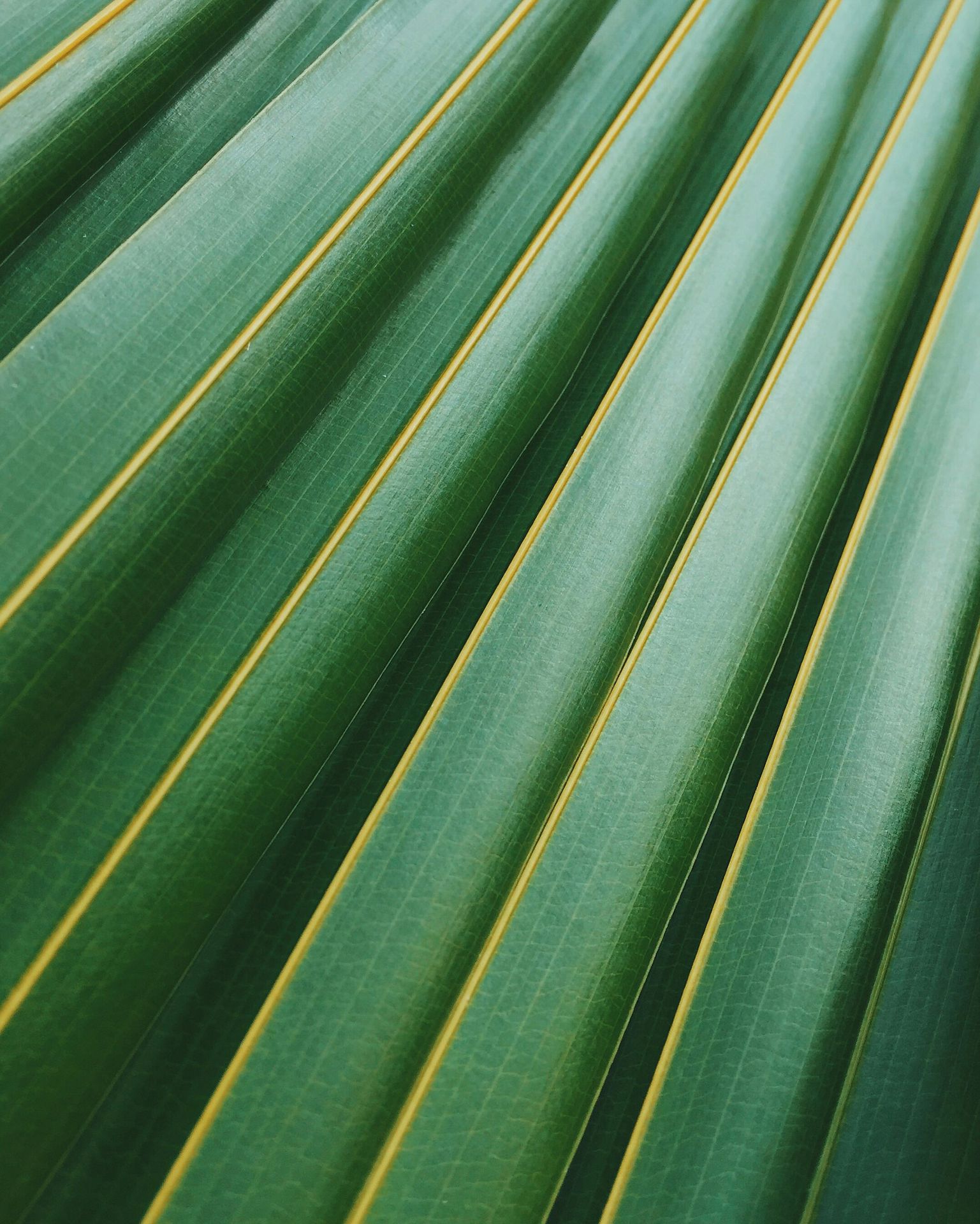
FAQs About Growing Parlor Palms
1.What are the signs of stress or ill health in a Chamaedorea palm?
Yellowing or browning leaves, drooping foliage, and stunted growth are signs of stress or potential issues.
2.Where can I buy Chamaedorea palms?
Chamaedorea palms are available at nurseries, garden centers, and online plant retailers. Ensure you purchase from a reputable source to get healthy plants.
3.What are the common varieties of Chamaedorea palms?
Some common varieties include Chamaedorea elegans (Parlor Palm), Chamaedorea cataractarum (Cascade Palm), and Chamaedorea metallica (Metallic Palm).
4.How much light do Chamaedorea palms need?
Chamaedorea palms prefer bright, indirect light. They can tolerate lower light conditions but may grow more slowly.
5.What kind of soil is best for Chamaedorea palms?
Well-draining potting mix with organic matter, such as peat moss or compost, is ideal for Chamaedorea palms
